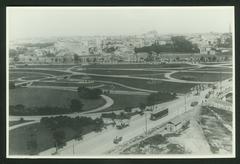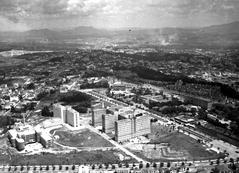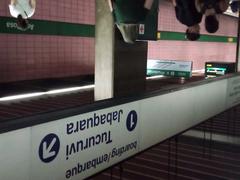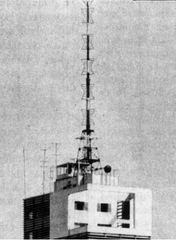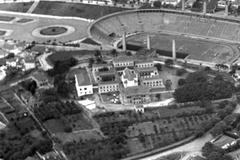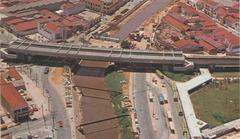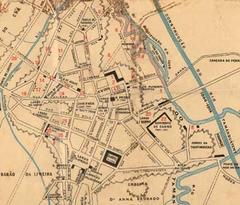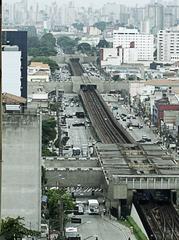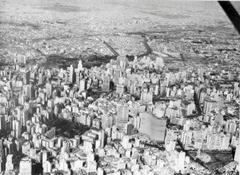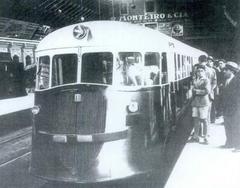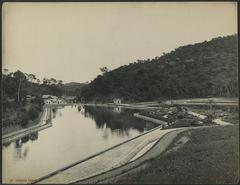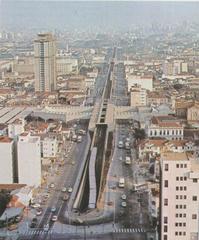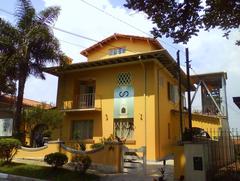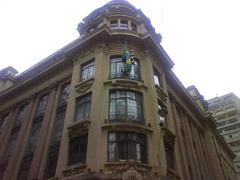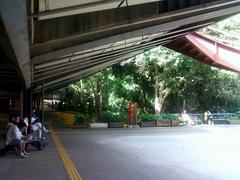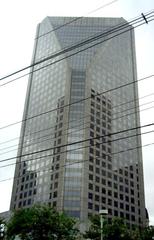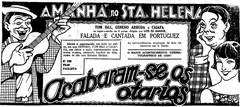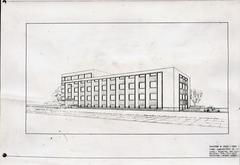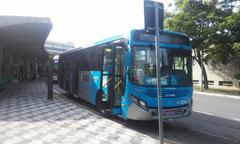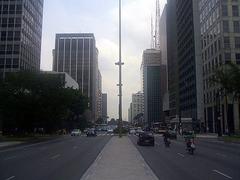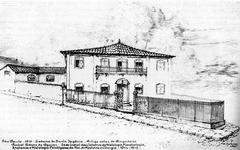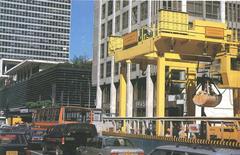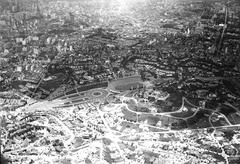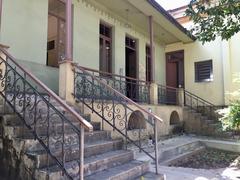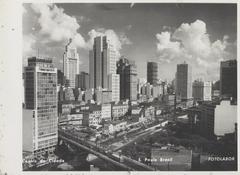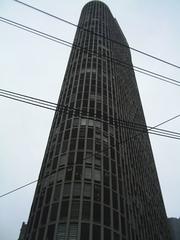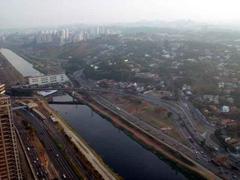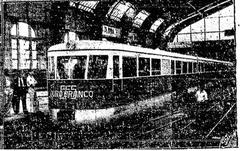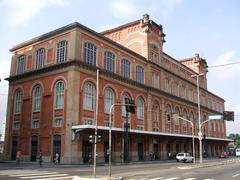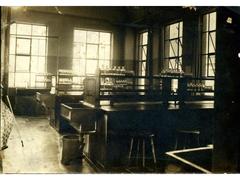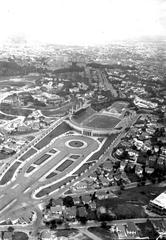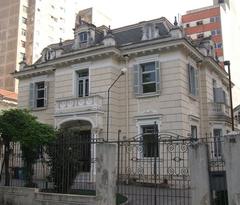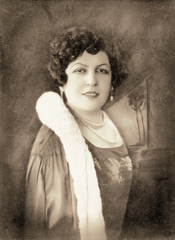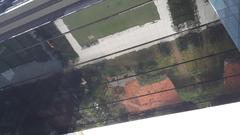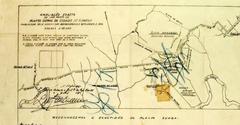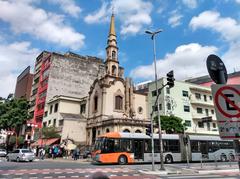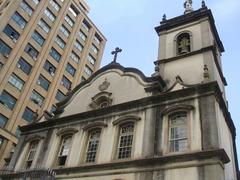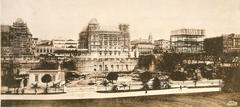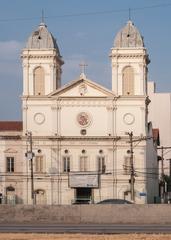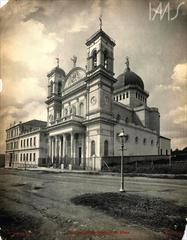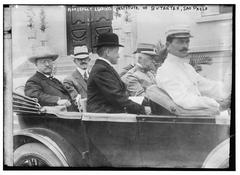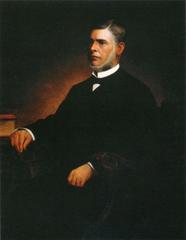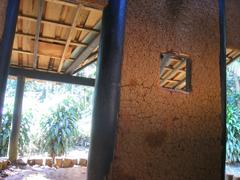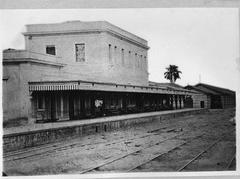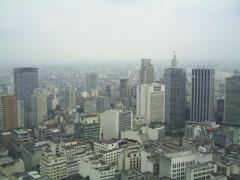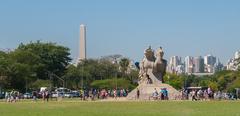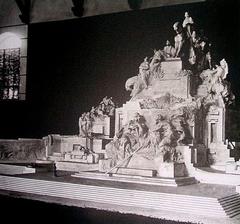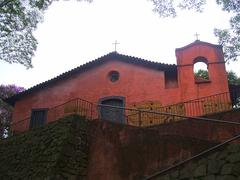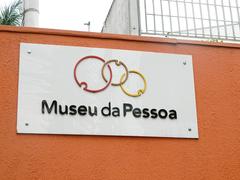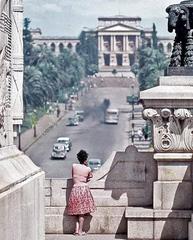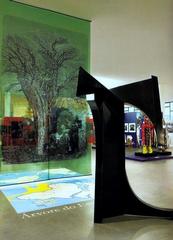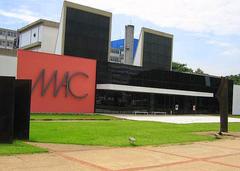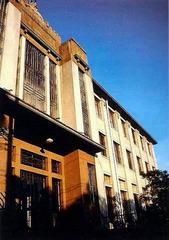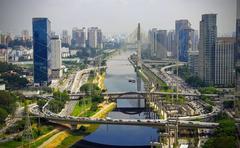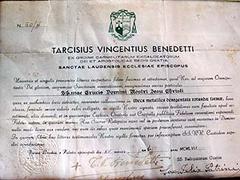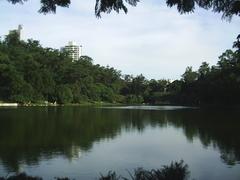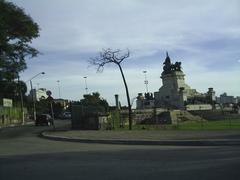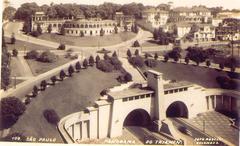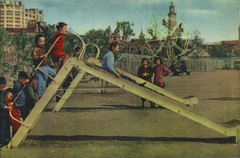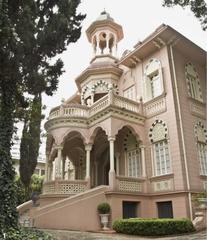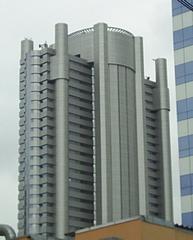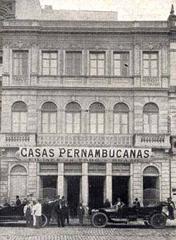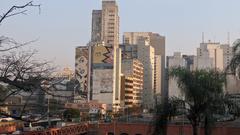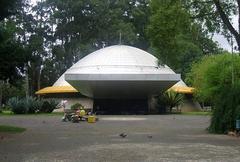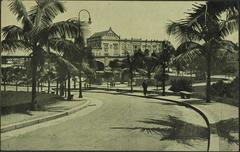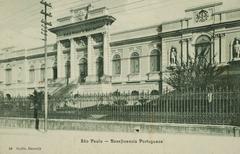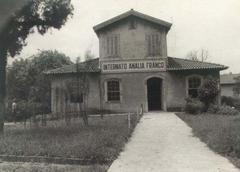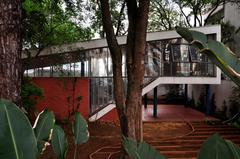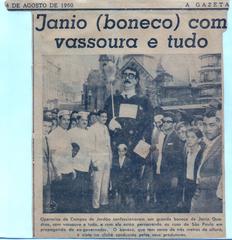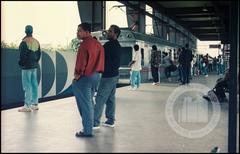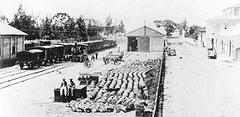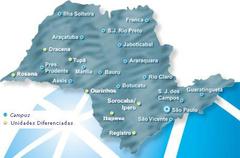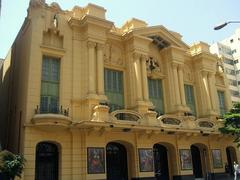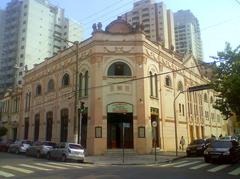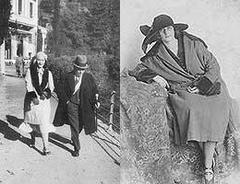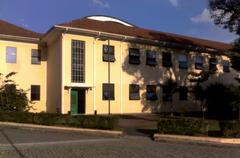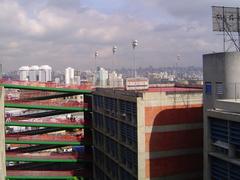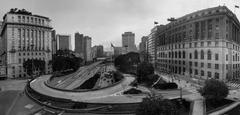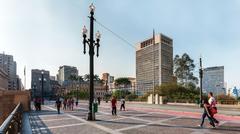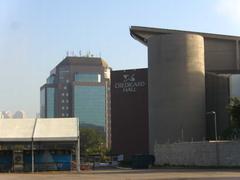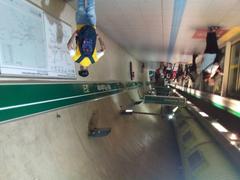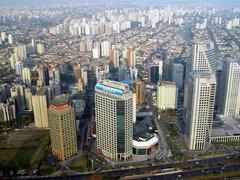
Comprehensive Guide to Visiting Museu da Imigração do Estado de São Paulo, São Paulo, Brazil
Date: 17/07/2024
Introduction
The Museu da Imigração do Estado de São Paulo, located in the vibrant Mooca district, is a vital cultural institution that chronicles the rich history of immigration in São Paulo and Brazil. Housed in the historic Hospedaria de Imigrantes do Brás, established in 1887, the museum provides an immersive experience into the lives and contributions of the millions of immigrants who shaped São Paulo and Brazil. The museum’s mission is to preserve and disseminate the history of immigration, making it an essential destination for history enthusiasts, cultural explorers, and those seeking a unique and educational experience. For more details, visit the official website.
Table of Contents
- Introduction
- History of Museu da Imigração do Estado de São Paulo
- Visitor Information
- Travel Tips and Nearby Attractions
- Photographic Spots
- Conclusion
History of Museu da Imigração do Estado de São Paulo
Origins and Establishment
The Museu da Imigração do Estado de São Paulo is housed in the historic building of the former Hospedaria de Imigrantes do Brás. This immigration hostel was established in 1887 and served as a reception center for immigrants arriving in São Paulo until 1978. The hostel was a crucial part of Brazil’s immigration policy, which aimed to attract European labor to work in the burgeoning coffee plantations and later in the industrial sector. The building itself is a testament to the architectural style of the late 19th century, featuring a blend of neoclassical and eclectic elements.
Role in Brazilian Immigration
During its operational years, the Hospedaria de Imigrantes do Brás welcomed over 2.5 million immigrants from more than 70 countries, including Italy, Japan, Spain, Germany, and Portugal. This influx significantly shaped the demographic and cultural landscape of São Paulo and Brazil as a whole. The hostel provided temporary accommodation, medical care, and assistance with employment, facilitating the integration of immigrants into Brazilian society. The role of the Hospedaria was pivotal in the transition of Brazil from a predominantly agrarian society to an industrialized nation.
Transformation into a Museum
In 1986, the building was listed as a historical heritage site by the Conselho de Defesa do Patrimônio Histórico, Arqueológico, Artístico e Turístico (CONDEPHAAT). This designation marked the beginning of its transformation into a museum. The Museu da Imigração was officially inaugurated in 1998, with the mission to preserve and disseminate the history of immigration in São Paulo and Brazil. The museum’s establishment was part of a broader effort to recognize and honor the contributions of immigrants to Brazilian society.
Exhibitions and Collections
The museum’s permanent exhibition offers a comprehensive overview of the immigrant experience in Brazil. It features personal belongings, photographs, documents, and interactive displays that narrate the stories of immigrants who passed through the Hospedaria. One of the highlights is the Wall of Nationalities, which lists the names of immigrants who stayed at the hostel, providing a tangible connection to the past. The museum also hosts temporary exhibitions that explore various aspects of migration, identity, and cultural exchange.
Educational and Cultural Programs
The Museu da Imigração is not just a repository of historical artifacts; it is also a vibrant cultural and educational center. The museum offers a range of programs aimed at different audiences, including guided tours, workshops, lectures, and educational activities for schools. These programs are designed to foster a deeper understanding of the complexities of migration and its impact on contemporary society. The museum also collaborates with academic institutions and cultural organizations to conduct research and promote dialogue on migration-related issues.
Restoration and Modernization
In recent years, the Museu da Imigração has undergone significant restoration and modernization efforts to enhance its facilities and visitor experience. In 2014, the museum reopened after a major renovation that included the restoration of the original architectural features, the installation of modern exhibition technologies, and the improvement of accessibility. These efforts have ensured that the museum remains a relevant and engaging institution for future generations.
Significance in Contemporary Context
The Museu da Imigração holds a unique place in the cultural landscape of São Paulo and Brazil. It serves as a reminder of the diverse origins of the Brazilian population and the enduring legacy of immigration. In a contemporary context, the museum’s exhibitions and programs address current issues related to migration, such as refugee crises, xenophobia, and cultural integration. By connecting past and present, the museum encourages visitors to reflect on the ongoing challenges and opportunities associated with migration.
Visitor Information
Visiting Hours and Tickets
The Museu da Imigração is open to visitors from Tuesday to Sunday, from 9:00 AM to 5:00 PM. It is closed on Mondays. Tickets can be purchased at the museum’s entrance or online through their official website. The ticket prices are as follows:
- General Admission: R$10
- Students and Seniors: R$5
- Children under 5 and School Groups: Free
Accessibility and Amenities
The museum is fully accessible to visitors with disabilities, featuring ramps, elevators, and accessible restrooms. Amenities include a café where visitors can relax and enjoy refreshments, a gift shop offering a range of unique souvenirs, and a research center for those interested in delving deeper into immigration history.
Guided Tours and Special Events
The museum offers guided tours in Portuguese, English, and Spanish. These tours provide an in-depth exploration of the exhibits and are led by knowledgeable guides. Additionally, the museum hosts special events throughout the year, including cultural festivals, lectures, and workshops. Visitors are encouraged to check the museum’s website or social media channels for updates on upcoming events.
Travel Tips and Nearby Attractions
When planning your visit, consider exploring the nearby attractions in the Mooca district. The area is known for its charming streets, historic buildings, and vibrant culinary scene. Some notable nearby attractions include:
- Parque da Mooca: A beautiful park ideal for a leisurely stroll.
- Museu do Futebol: Located a short drive away, this museum is dedicated to Brazil’s favorite sport, soccer.
- Shopping Mooca Plaza: A modern shopping center with a variety of stores and dining options.
Photographic Spots
The Museu da Imigração offers several picturesque spots perfect for photography enthusiasts. The historic architecture of the building, the lush gardens, and the engaging exhibits provide ample opportunities for capturing memorable moments.
Conclusion
The Museu da Imigração do Estado de São Paulo offers a profound and engaging exploration of Brazil’s diverse immigration history. Through its well-curated permanent and temporary exhibits, educational programs, and modern amenities, the museum provides visitors with a comprehensive understanding of the immigrant experience and its lasting impact on Brazilian society. From the historic architecture of the Immigrant Hostel to the interactive displays and personal artifacts, the museum fosters a deeper appreciation of the multicultural fabric that defines São Paulo. Whether you are delving into the past or reflecting on contemporary migration issues, the Museu da Imigração is a must-visit destination. Plan your visit today by checking the official website for the latest information on visiting hours, tickets, and special events.
References
- Museu da Imigração do Estado de São Paulo https://museudaimigracao.org.br/

